
In the process of digital transformation of automotive enterprises, automotive manufacturers can optimize to better leverage the vast amount of data generated by these intelligent resources to improve their short - and long-term performance: At the device level, this new analytical solution can be leveraged through various assets in the operation of industrial networks, such as AC drives and status sensors, By turning the generated data into pre-configured health and diagnostic dashboards, you can gain timely insight into the various assets in operation in an industrial network.
Digital technology permeates every aspect of the auto industry, and for decades, automakers have been collecting and analyzing warranty claims and repair reports. In order to enhance service capabilities, improve vehicle quality, improve consumers' driving experience, repair reports and vehicle intelligent network data. In the process of digital transformation of automobile enterprises, automobile manufacturers can optimize in the following aspects, so as to make better use of the massive data generated by these intelligent resources and improve the short-term and long-term performance of enterprises:
1. Plan the scale correctly
For intelligent manufacturing, cloud-based service and analytics platforms and smart devices can help manufacturers capture the value of digital investment. Currently, some automakers are already using cloud-based platforms for data aggregation and analysis, and applying it to smart production. However, data integration and analysis cannot meet the needs of manufacturers for efficient production, they still need to be more intelligent, more efficient, production shop real-time performance information clearer.
Why does this happen? Typically, we send data to a cloud-based platform for enterprise-level decisions in a business scenario that is well suited for analysis and a more relaxed timeline. However, excessive network traffic and analysis lag may prevent the production staff from obtaining real-time information and relevant data on the production site in time to take corrective actions. In other words, the data Analysis-control system closed-loop feedback was not completed quickly enough to be effective immediately.
2. Scalable analysis: Faster optimization on the edge side
By embedding data analytics and machine learning capabilities closest to the information source and the decision level of the factory, the extensible analytics platform can more quickly close the loop of big data analytics and production floor control. For example, an automobile manufacturer uses a transmission to control a motor in a material line. Modern AC drives continuously monitor the output torque and current directly related to the mechanical parts of the motor and warn the driver configuration if the parameters exceed their limits. In addition, temperature, vibration and other sensors can capture and report critical information about the condition of the transmission.
By constantly monitoring and analyzing these and other equipment operating parameters, it is possible to predict wear or slip of the transmission and belt prior to unplanned shutdown. Motor bearing and winding problems. At the same time, this analysis also has timely visibility into maintenance strategies.
At the device level, this new analytics solution provides timely insight into the various assets in operation of industrial networks, such as AC drives and status sensors, by converting the generated data into pre-configured health and diagnostic dashboards.
When plug-in devices gain insight into how related devices are related (for example, through fault causation), the solution begins to understand the system and make declarative recommendations. For example, if a drive needs to be reconfigured to maintain optimal performance, the solution can be sent to the user's smartphone or tablet "action card." This standardized approach enables the maintenance team to be more proactive and also helps reduce potential downtime to a lower level.
3. Change the rules of the auto industry
In automotive intelligent manufacturing, extensible analysis helps to change the game rules of discrete automotive manufacturing. For complex continuous production processes, machine learning has a great impact on product quality and manufacturing speed, so scalable analytical methods are particularly important in intelligent manufacturing. For example, square-shaped columnar batteries are increasingly popular in the electric vehicle market because they are produced to provide higher energy compared to cylindrical car batteries. However, the production of square cylindrical cells involves a lot of movement. High precision and continuous machining, therefore want to optimize this dynamic. In a changing environment, process becomes a challenge; It's also a challenge for scalable analytics and machine learning.
The analysis system can recognize the effect of one variable on another by learning dynamic mathematical models and automatically adjust subsequent operations to obtain better results. At the same time, the analysis system can also provide operators with critical analysis, such as SPC in order to achieve continuous quality monitoring and active adjustment, charts.
More importantly, the extensible approach can extend beyond devices and devices and apply to entire machines and process devices. At the same time, the platform can be matched. The platform can also be integrated with MES, OEE and other manufacturing operations and analytics systems to facilitate enterprise-wide optimization in different areas such as production planning and energy management.
Summary
Rockwell Automation, as the leader of intelligent manufacturing, will continue to provide more perfect digital solutions for the automotive industry, with excellent technical strength and quality service capability, all-round enabling enterprises on the road of digital transformation, and accelerate the development of the automotive industry "intelligent vehicle era".
The Products You May Be Interested In
 |
AOZ8013DI | FILTER RC(PI) 100 OHM/28PF SMD | 450 More on Order |
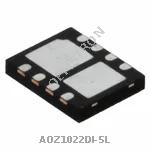 |
AOZ1022DI-5L | IC REG BUCK ADJUSTABLE 3A 8DFN | 240 More on Order |
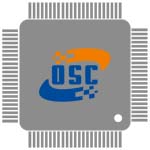 |
AOZ5029QI_2 | IC REG BUCK 24QFN | 385 More on Order |
 |
AOZ5029QI | IC REG BUCK 23QFN | 457 More on Order |
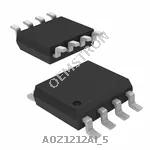 |
AOZ1212AI_5 | IC REG BUCK ADJUSTABLE 3A SOIC | 378 More on Order |
 |
AOZ1044PI | IC REG BUCK SYNC 8SOIC | 445 More on Order |
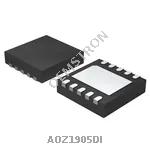 |
AOZ1905DI | IC REG BOOST ADJUSTABLE 2A 10DFN | 214 More on Order |
 |
AOZ1021AI | IC REG BUCK ADJUSTABLE 3A 8SOIC | 19747 More on Order |
 |
AO4812_101 | MOSFET 2N-CH 30V 6A | 499 More on Order |
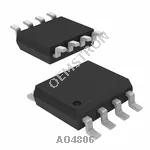 |
AO4806 | MOSFET 2N-CH 20V 9.4A 8-SOIC | 255 More on Order |
 |
AON5820 | MOSFET 2N-CH 20V 10A 6DFN | 167 More on Order |
 |
AON6452L | MOSFET N-CH 100V 8DFN | 119 More on Order |
 |
AOD4160 | MOSFET N-CH TO-252 | 155 More on Order |
 |
AOY4158P | MOSFET N-CH | 201 More on Order |
 |
AOTF11C60P | MOSFET N-CH | 312 More on Order |
 |
AON2400 | MOSFET N CH 8V 8A DFN 2X2B | 242 More on Order |
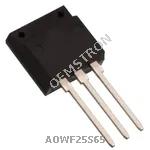 |
AOWF25S65 | MOSFET N-CH 650V 25A TO262F | 224 More on Order |
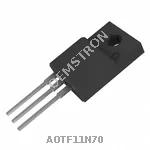 |
AOTF11N70 | MOSFET N-CH 700V 11A TO220F | 253 More on Order |
 |
AOT11N70 | MOSFET N-CH 700V 11A TO220 | 206 More on Order |
 |
AOTF2916L | MOSFET N-CH 100V 5A TO220F | 435 More on Order |
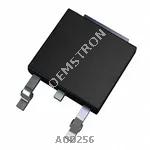 |
AOD256 | MOSFET N-CH 150V 19A TO252 | 113 More on Order |
 |
AOSS62934 | 100V N-CHANNEL ALPHASGTTM | 4586 More on Order |
 |
AON6284 | MOSFET N-CH 80V 78A 8-DFN | 4017 More on Order |
 |
AOZ8821DT-03 | TVS DIODE 3.6V 7V 2DFN | 186 More on Order |

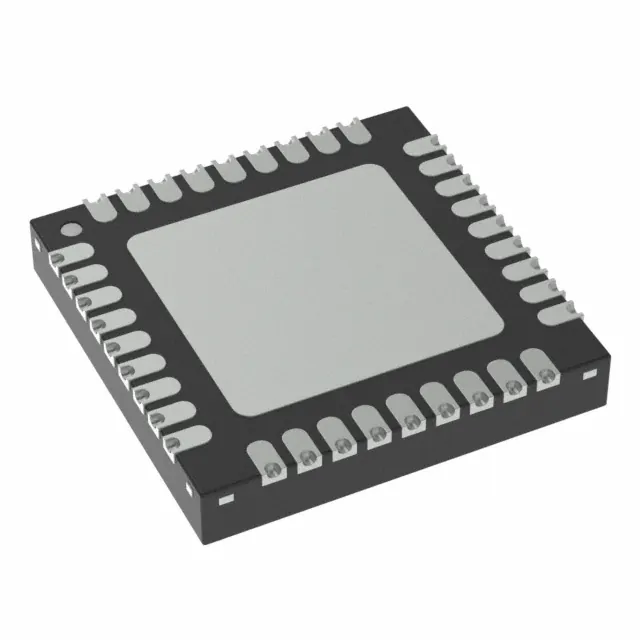 Semiconductors
Semiconductors









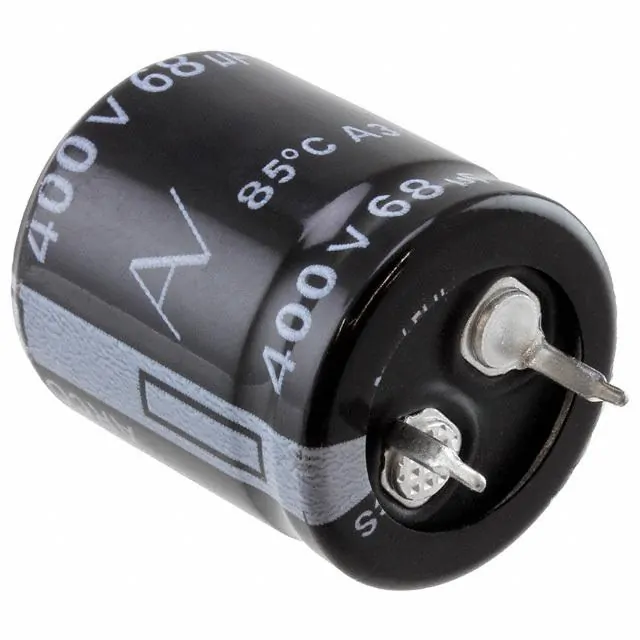 Passive Components
Passive Components









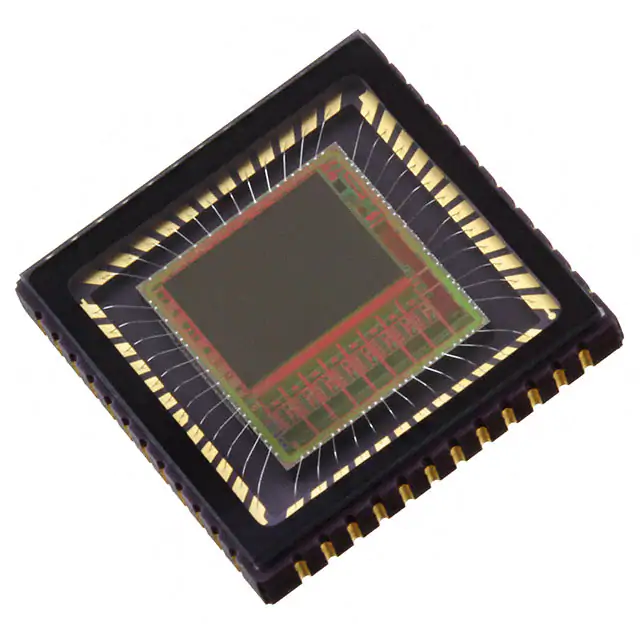 Sensors
Sensors








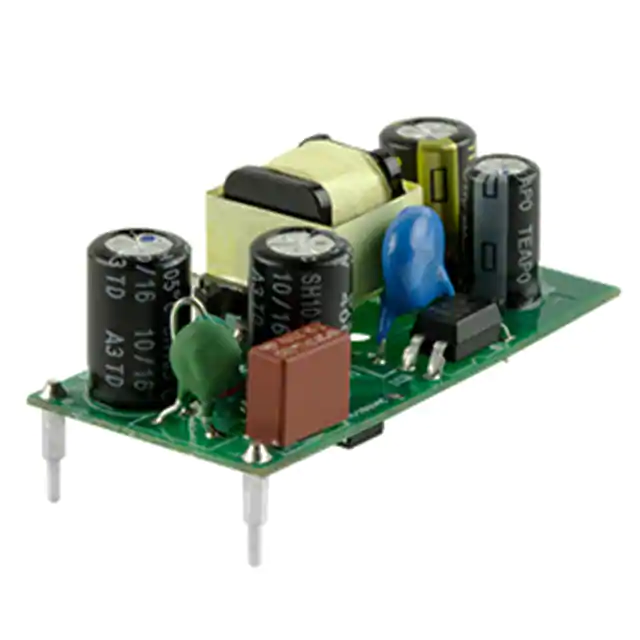 Power
Power









 Optoelectronics
Optoelectronics








